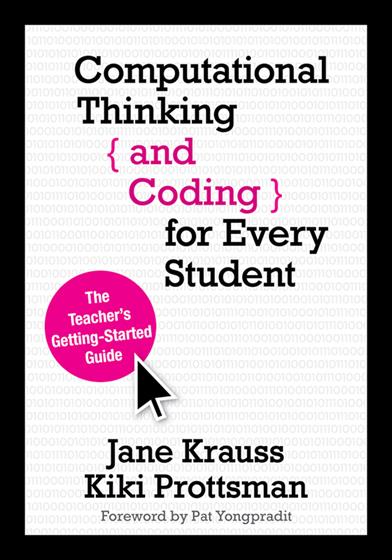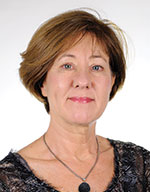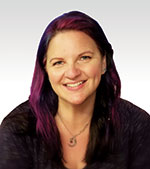Foreword
Preface
Why This Book? Why Now?
What to Expect
A Note About Preparation
Lights, Camera, Action!
Acknowledgments
About the Authors
Part 1: Storyboarding
Chapter 1. An Introduction to Computer Science
Computer Science Is Within You
An Introduction to Computational Thinking
What Computer Science Is
What Computer Science Is Not
Chapter 2. Why Kids Should Have the Opportunity to Learn
What Computer Science Really Teaches
A Look Back
It Would Be Irresponsible Not to Introduce Computer Science
Part 2: Casting Call
Chapter 3. Try Your Hand at Coding
Time Well Spent
Key Strategy: Pair Programming
Teacher Warm-ups and Exercises
Chapter 4. Getting Started in the Classroom
Start Low-Tech
Encourage Movement
Foster Critical Consumption
Protect Privacy and Prevent Cyberbullying
Achieve Access
Banish Anxiety
Chapter 5. Dos and Don’ts of Teaching Computer Science
1. DON’T Expect to Be an Expert
2. DO Let Your Class Explore
3. DO Let Your Class Share
4. DO Give Kids Time to Move
5. DO Get Creative
6. DON’T Be a Bore
7. DO Relate Computer Science to Students’ Lives
8. DON’T Expect Cookie-Cutter Results
9. DO Set Students up for Success
10. DO Treat CS as an Art
11. DO Give It a Try
Part 3: In Production
Chapter 6. Activities That Foster Computational Thinking
Thinking Computationally
Digging Deeper Into Computational Thinking
Chapter 7. Decomposition
Decomposition Resources
Lesson Plan: Break It Down!
Decomposition: Break It Up!
Chapter 8. Pattern Recognition (With Pattern Matching)
Pattern Recognition Resources
Lesson Plan: Divine Patterns
Chapter 9. Abstraction
Abstraction Resources
Lesson Plan: So Abstract
Sample Stories
Chapter 10. Automation
Automation Resources
Lesson Plan: Algorithms and Automation— A Compliment Generator
A Last Word on Computational Thinking
What’s Next?
Chapter 11. Activities That Foster Spatial Reasoning
Spatial Abilities Tied to Success in STEM
“Spatialize” Your Teaching
Wrapping It Up
Chapter 12: Making With Code
Making Within STEAM Studies
Design for Design Thinking
“Freestyle” Making
Part 4: Your Feature Presentation
Chapter 13. Designing a Curriculum Continuum Across K–12
Chapter 14. Important Ideas Across All Grades
Pair Programming
Learning to Learn
Resources at the Ready
Equitable Practices
Chapter 15. The Elementary Pathway
Kindergarten and First Grade
Second and Third Grades
Fourth and Fifth Grades
Out-of-School Learning in the Elementary Grades
Elementary Computer Science Resources
Curriculum: Build an Alligator!
Chapter 16. The Middle School Pathway
Out-of-School Time in the Middle Grades
Middle School Computer Science Resources
Curriculum: Create Your Own Fortune
Chapter 17. The High School Pathway
Out-of-School Time in High School
High School Computer Science Resources
Curriculum: Roll the Dice
Chapter 18. Adapting Lessons for Your Class
1. The Lessons Are Only Suggestions
2. Adapt a Lesson for Younger Students
3. Adapt a Lesson for Older Students
4. Create a Lesson to Squeeze Into Other Curricula
Chapter 19. What People Are Doing and How They Are Doing It Well
Taking It to the Streets: Build Community Enthusiasm for Computer Science
Testimonials
Afterword: Opportunities Abound
Discussion Guide
Glossary
References
Index




